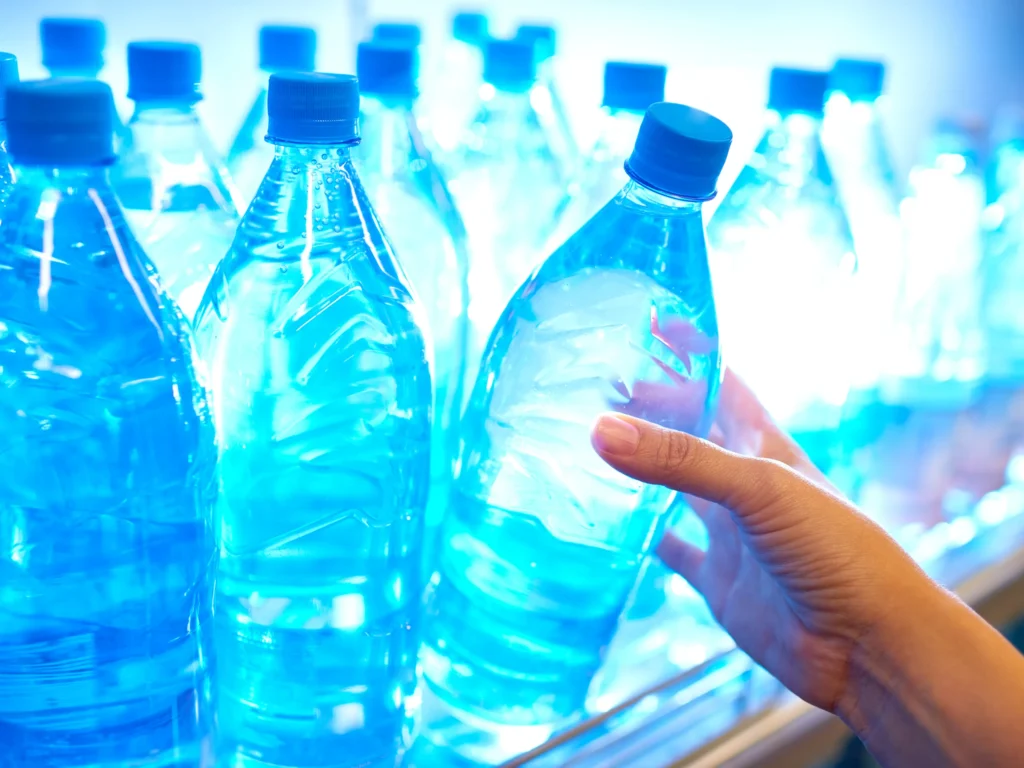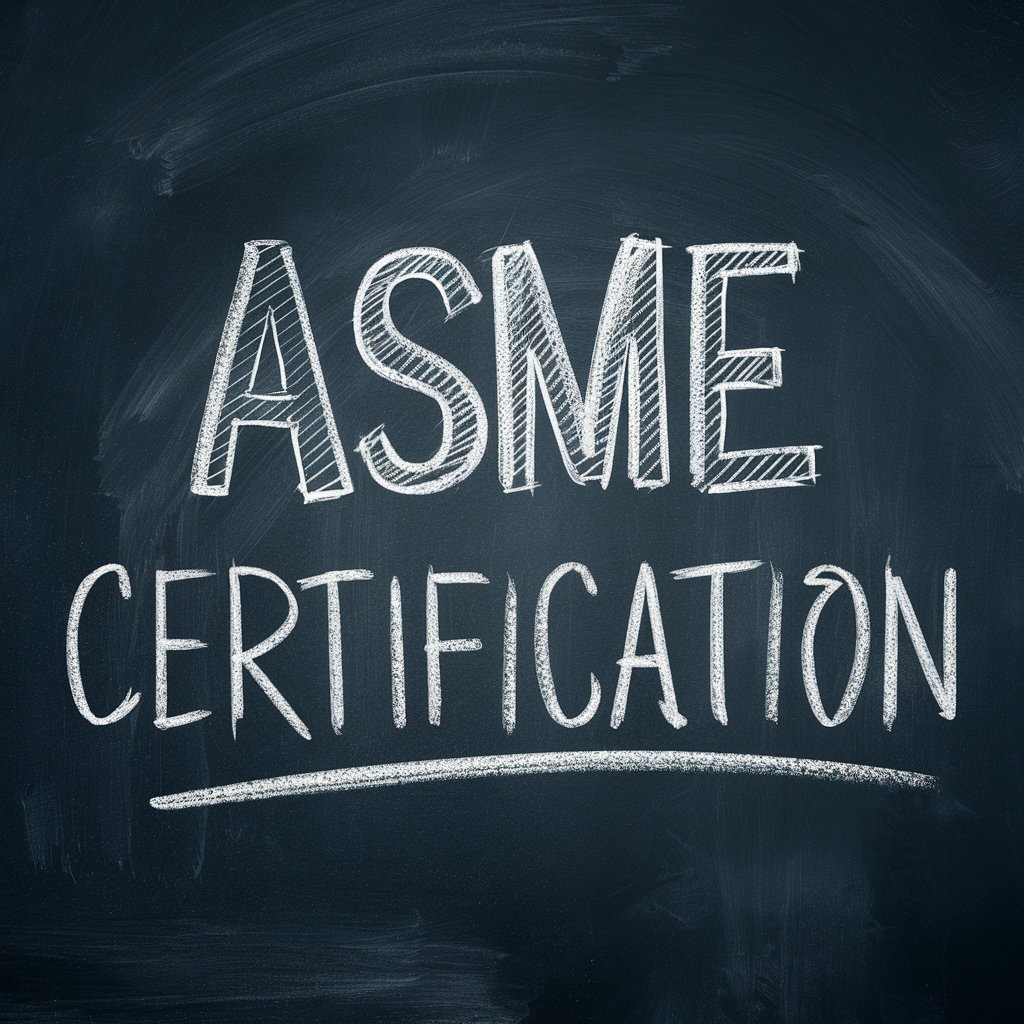In a world where health trends are constantly evolving, the alkaline water bottle has emerged as a popular tool for hydration enthusiasts. Promising benefits like improved pH balance, better hydration, and even anti-aging properties, these bottles have caught the attention of health-conscious individuals everywhere. But before you invest in one, there are a few important things you should know.
Here are the five key considerations to keep in mind before buying an alkaline water bottle.
1. Understand What Alkaline Water Really Is
Alkaline water isn’tjust regular water with a fancy name—it has a higher pH level than standard drinking water. While tap or bottled water typically has a neutral pH of around 7, alkaline water usually measures between 8 and 9.5. This increased alkalinity is believed to help neutralize acid in the bloodstream, which proponents claim can lead to numerous health benefits.
An alkaline water bottle works by using a built-in filtration or ionization system, often incorporating minerals like magnesium, calcium, and potassium, to raise the pH of the water. Some bottles also use filters made from activated carbon or ceramic materials to remove impurities and improve taste.
Why it matters: It’s essential to understand what alkaline water is—and isn’t. While some studies suggest potential benefits, others highlight that the body naturally regulates its pH level, and additional alkalinity may not be necessary for everyone.
2. Know the Health Claims—And the Science Behind Them
Many manufacturers tout impressive health benefits of alkaline water, ranging from improved hydration and increased energy to detoxification and even cancer prevention. However, it’s crucial to approach these claims with a healthy dose of skepticism.
What the science says:
- Hydration: Some studies suggest alkaline water may improve hydration, especially after intense physical activity. This is likely due to the presence of electrolytes like potassium and magnesium.
- Bone Health: Alkaline water may reduce bone resorption, which is when bones break down and release minerals into the blood. This could potentially support bone density.
- Acid Reflux: Some evidence suggests that alkaline water with a pH of 8.8 can deactivate pepsin, the enzyme that causes acid reflux.
However, many of the claimed benefits lack rigorous scientific backing. The kidneys and lungs tightly control the body’s pH balance, so drastic changes in diet or water are unlikely to have a profound effect.
Tip: Choose an alkaline water bottle for its filtration and hydration features, not for miracle cures.
3. Check the Filtration and pH Range Capabilities
Not all alkaline water bottles are created equal. One of the most important features to examine is the bottle’s filtration system. High-quality models will include multi-layer filters that remove chlorine, heavy metals, bacteria, and other contaminants before alkalizing the water.
Key factors to evaluate:
- Filter Life: Some filters last for 2 months, others up to 6. Consider the replacement cost and ease of changing filters.
- Materials Used: Look for BPA-free plastics, stainless steel options, or food-grade glass.
- pH Range: Most bottles raise the pH to between 8 and 10. Make sure the bottle specifies the expected range and has third-party testing to back up its claims.
Why it matters: A poorly made alkaline water bottle might not change the pH at all, or worse, it could add harmful substances to your water. Always research the product’s specs and reviews.
4. Consider Portability and Design Features
Beyond the science and filtration, the design of your alkaline water bottle will greatly influence how often you use it. After all, even the most effective bottle won’t help you if it sits unused in your cabinet.
Design features to look for:
- Size: If you’re always on the go, a 16–20 oz bottle might be more convenient than a larger 32 oz container.
- Durability: Travel-friendly bottles should be leak-proof and made from materials that can withstand frequent use.
- Ease of Use: Quick-open lids, removable filters, and ergonomic designs make drinking and cleaning simpler.
- Style: Let’s face it—appearance matters. Sleek, modern bottles are more likely to become part of your daily routine.
Tip: If you’re using the bottle at work, at the gym, or while hiking, choose one that matches your lifestyle in both function and form.
5. Evaluate the Cost—Initial and Long-Term
At first glance, many alkaline water bottles seem affordable, ranging from $25 to $70. However, it’s crucial to factor in the long-term costs, particularly replacement filters.
What to budget for:
- Initial Purchase: Prices vary based on size, materials, and brand reputation.
- Filter Replacements: Most need replacing every 1–3 months, costing between $10 and $30 per filter.
- Maintenance: Some bottles require specific cleaning tools or procedures to keep them functioning properly.
Also, compare this cost to alternatives, such as full-home ionizers or purchasing bottled alkaline water, which can become more expensive over time.
Smart buy tip: Look for bottles that include multiple filters in the initial package, or brands that offer discounts on filter subscriptions.
Bonus: Eco-Friendly Considerations
As sustainability becomes a top concern for consumers, many are choosing alkaline water bottles as an environmentally responsible alternative to disposable bottled water. A single reusable bottle can replace hundreds of plastic bottles each year, especially when it includes a long-lasting filter.
Things to look for:
- Recyclable or biodegradable components
- Reusable packaging
- Low energy production methods
- Carbon offset programs
Choosing a bottle with sustainable credentials helps reduce your carbon footprint while staying hydrated and healthy.
Final Thoughts
Buying an alkaline water bottle can be a smart choice for anyone looking to improve hydration, reduce bottled water use, and potentially benefit from higher-pH water. But like any health-related purchase, it pays to do your homework.
Here’s a quick recap of the five things to know before buying:
- Understand what alkaline water is and how it’s made.
- Examine health claims critically and check scientific support.
- Evaluate filtration quality and pH performance.
- Choose a bottle that suits your lifestyle and design preferences.
- Budget for both initial and ongoing costs.
With the right bottle, you can enjoy great-tasting, potentially healthier water—whether you’re at the gym, at work, or on the trail. Just remember, no product is a magic bullet, but with informed decisions, you can make a meaningful upgrade to your daily hydration routine.






